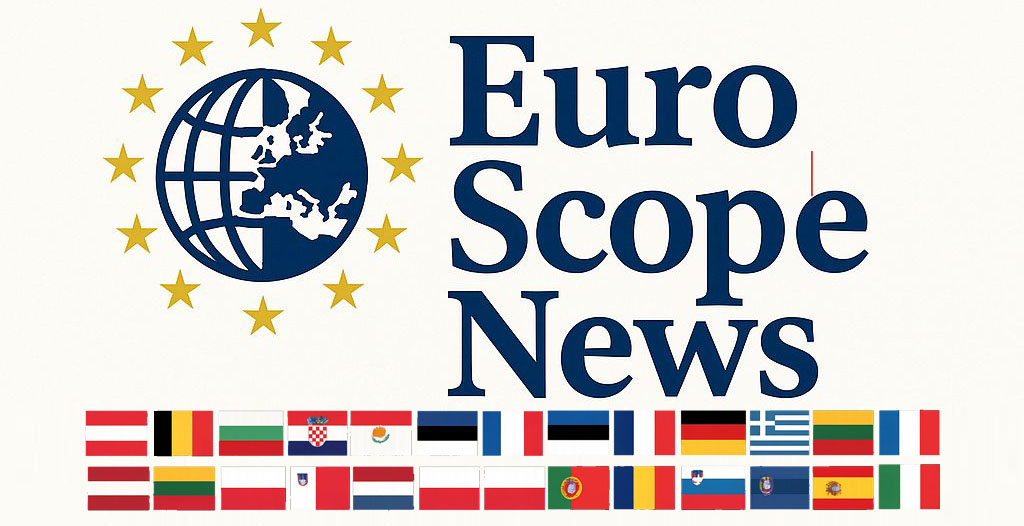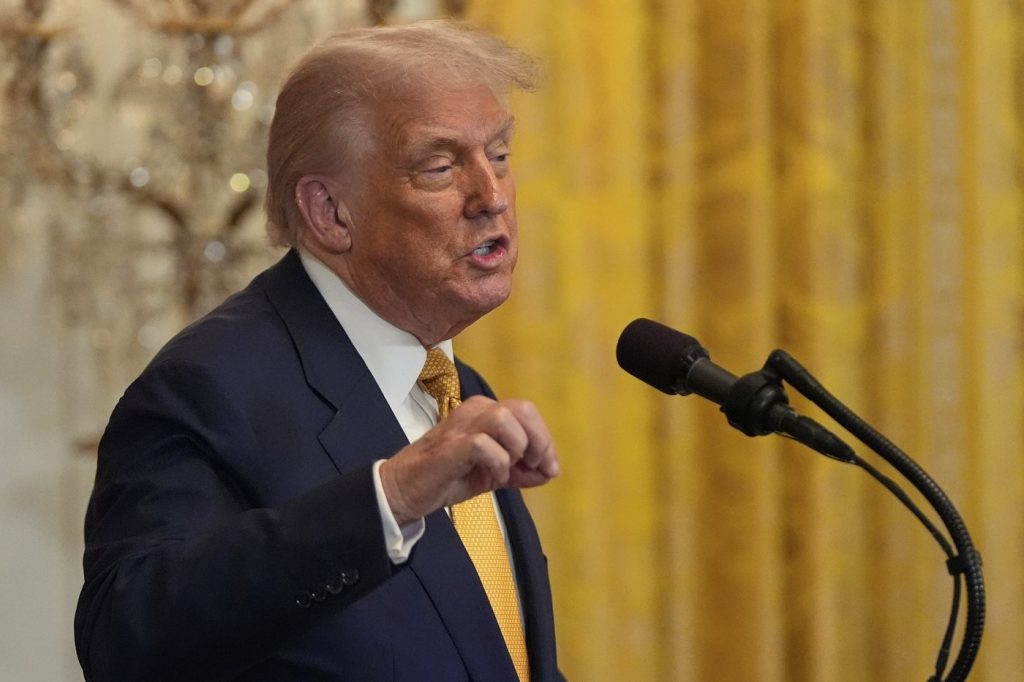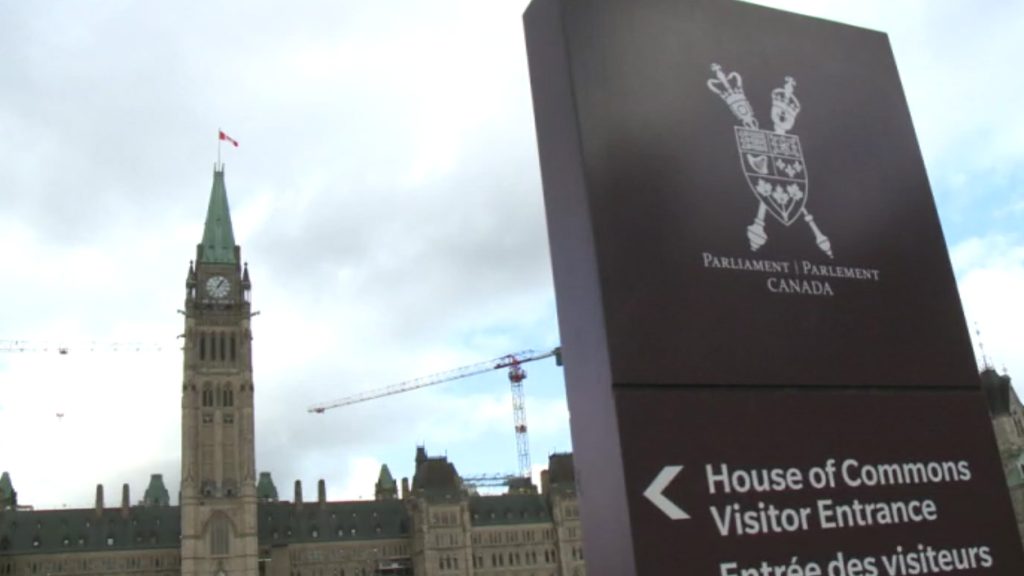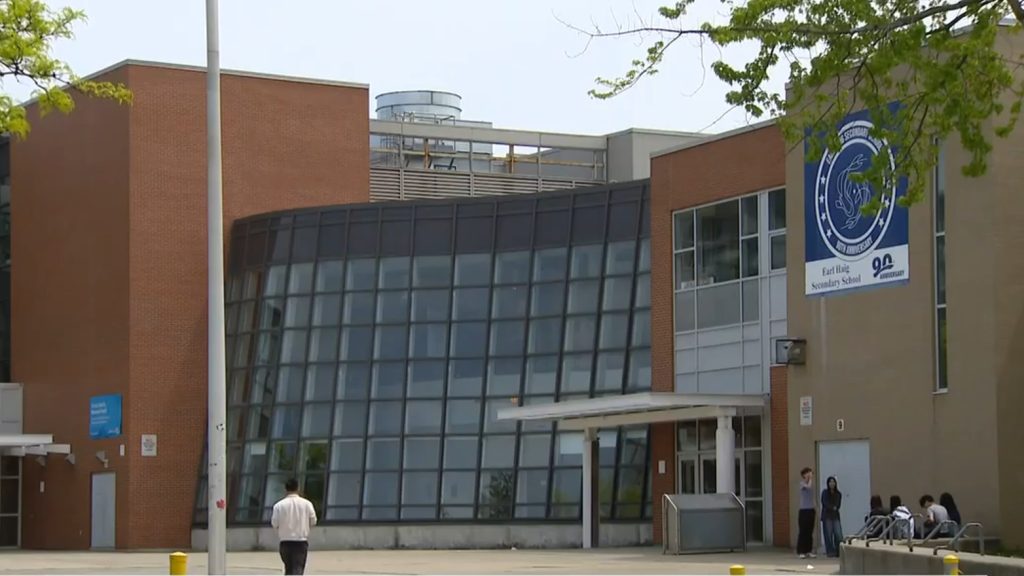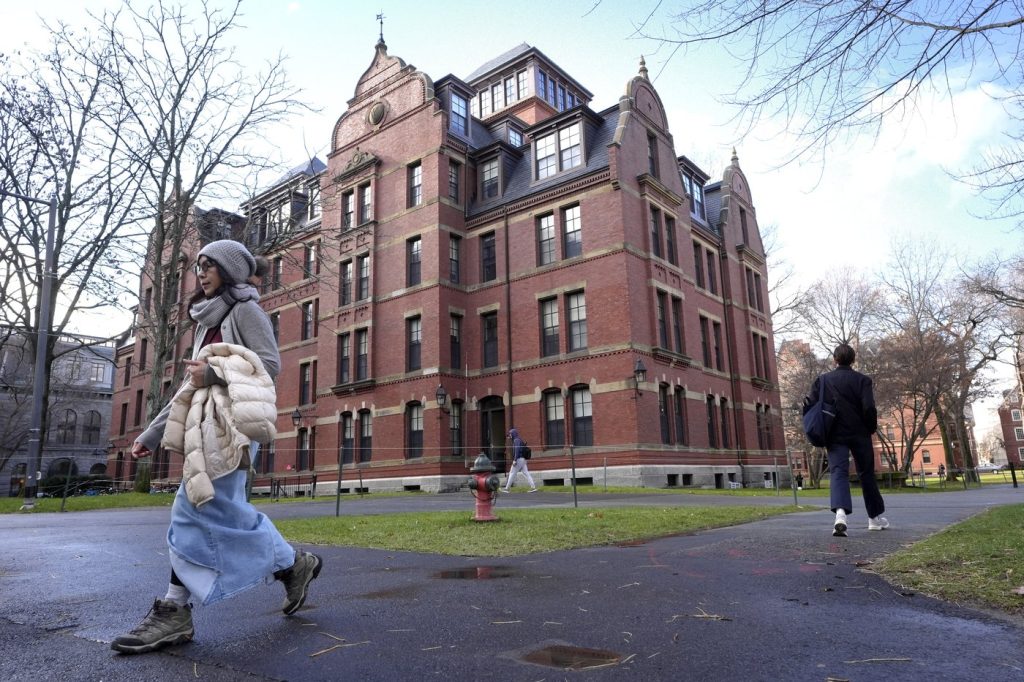On July 22, 2025, President Donald Trump announced a trade framework with Japan, which includes the imposition of a 15 percent tax on goods imported from the nation. This decision marks a significant reduction from the previously suggested 25 percent tariff that was slated to take effect on August 1. Trump emphasized that the deal would generate "hundreds of thousands of jobs" and foster a "great relationship" between the United States and Japan. Additionally, the President indicated that Japan would invest $550 billion into the U.S. economy and would be more open to American exports, particularly autos and rice.
Japanese Prime Minister Shigeru Ishiba responded to the announcement early the next morning, expressing optimism about the trade agreement and its potential benefits for both countries. This move comes as Trump aims to showcase his deal-making abilities amid concerns surrounding the tariffs that were initially announced in early April, which had led to market panic and fears of economic slowdown. Key details of the new tariff regime, such as whether Japanese-built automobiles would incur the higher tariff rate, remain uncertain.
Trump's administration presents the tariffs as a victory for American interests, arguing that the revenue generated will assist in reducing the budget deficit and encourage factories to relocate to the U.S. to avoid import taxes, thus eliminating trade imbalances. However, there exists widespread apprehension regarding potential price increases for consumers and businesses, as companies may pass on these costs to customers. This concern was highlighted when General Motors reported a 35 percent drop in net income for the second quarter, warning that tariffs would negatively impact its business in the near future, leading to a significant stock decline.
As the August 1 deadline for the tariff rates approaches, Trump also announced a trade framework with the Philippines that would impose a 19 percent tariff on imports from that country, while American products would face no such tariffs. Additionally, the President reiterated his commitment to a 19 percent tariff on Indonesian goods. The U.S. had a staggering trade imbalance of $69.4 billion with Japan last year; similarly, it ran $17.9 billion with Indonesia and $4.9 billion with the Philippines, indicating that America imports more from these countries than it exports.
Trump is set to enforce the broad tariffs outlined in his letters to various world leaders on August 1, raising questions about potential developments in ongoing discussions with the European Union. During a dinner event, Trump announced that representatives from the EU would arrive in Washington the following day for trade negotiations. He previously threatened the 27 member states of the EU with a hefty 30 percent tax on their goods, also set to commence on August 1.
The Trump administration is concurrently engaged in a separate negotiation period with China, which is scheduled to extend through August 12, during which goods from China are subject to an additional 30 percent tariff. Treasury Secretary Scott Bessent mentioned plans to meet with Chinese counterparts in Stockholm, aiming to transform the American economy from consumption-driven to a manufacturing-focused model. He articulated a vision of greater manufacturing collaboration between the U.S. and China, claiming such a shift would yield benefits for the global economy.
